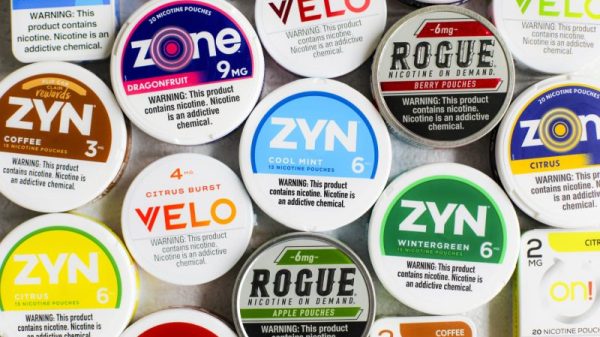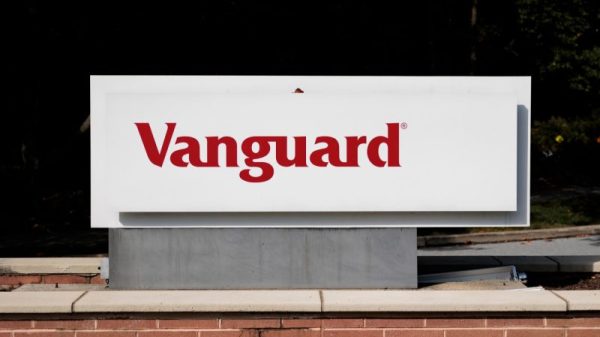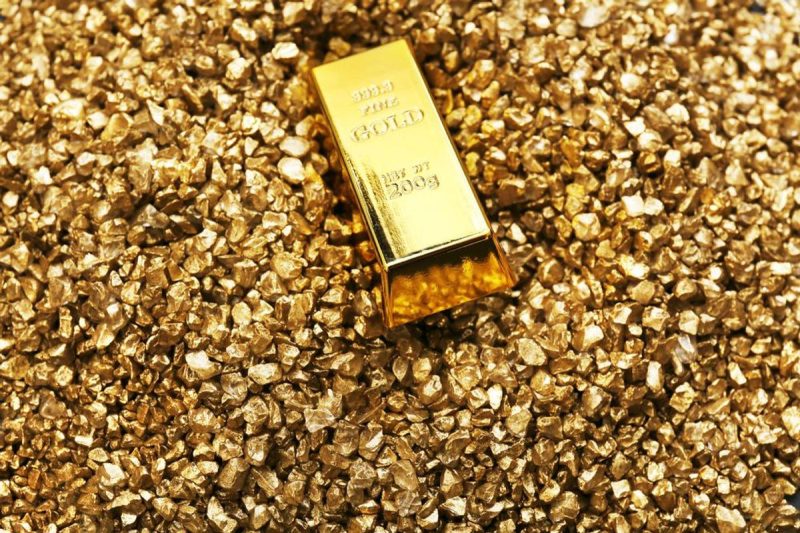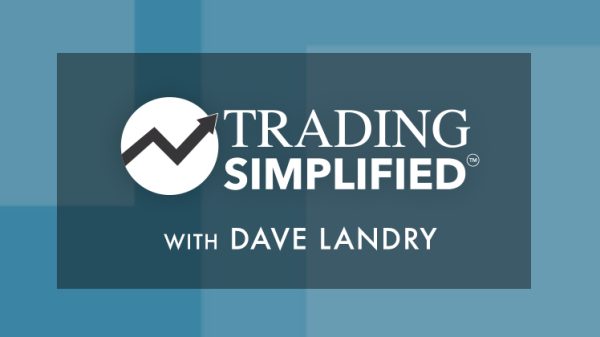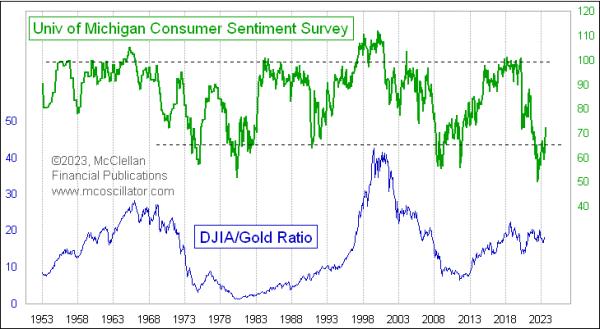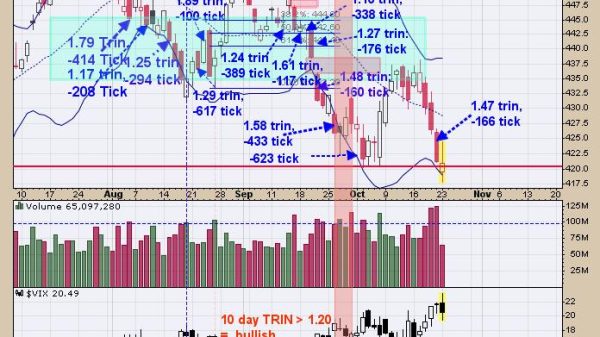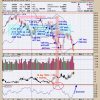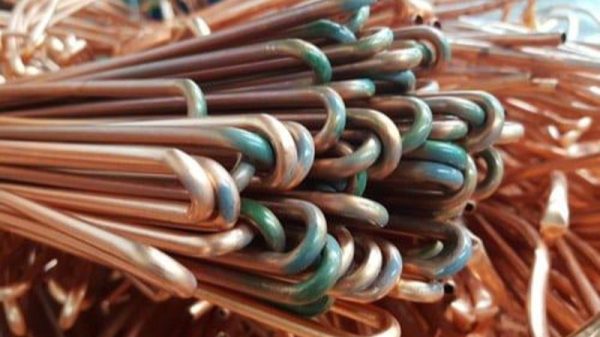It can be tempting for investors to focus on specific assets or strategies when building an investment portfolio, but those taking a long-term approach will want to diversify in order to balance out potential portfolio instability.
Gold has a reputation for being a reliable diversifier because it can act as a hedge against various risks.
For those unfamiliar with the term, put simply, a hedge is an investment position whose main purpose is to offset potential losses or gains related to another asset. But how does that work, and what’s the best way to get exposure to gold as a hedge?
Read on for a look at how this strategy works and why it’s worth considering.
Why use gold investments as a hedge?
Gold is looked at as a hedge investment in many different situations. The first and most popular use of gold as a source of protection is as a hedge against the decline of a currency, typically the US dollar. When the dollar slips, the yellow metal not only becomes less expensive to hold, but also tends to rise in value.
“Gold’s relationship with the dollar is determined by US-based gold supply and demand, as well as by the status of the dollar as the reserve currency globally,” states the World Gold Council. “Historically, a weak dollar tends to provide a stronger boost to gold’s performance than the drag created by a strong dollar.”
By holding the precious metal as a diversification tool when the economy negatively affects currencies, investors can incur gains from the metal’s increased value.
The second reason why gold makes a good hedge is that it can act as a defense against inflation. When the cost of living begins to rise, the stock market often falls. In those cases, investors with assets that are negatively affected by a volatile market need something to balance that out — that’s where gold comes in.
Over the past 50 years, investors have seen gold make huge gains when the stock market is crumbling. As Investopedia points out, “This is because, when fiat currency loses its purchasing power to inflation, gold tends to be priced in those currency units and thus tends to arise along with everything else.”
Interestingly, the yellow metal has also been used as a hedge against deflation, which happens when prices drop, the economy is in a downturn and excessive debt looms. This situation has not occurred since the Great Depression of the 1930s, and to a much smaller degree after the 2008 financial crisis.
Market participants may decide to hoard cash in this type of scenario, and the safest place to hold cash is in gold. Again, while this situation is not commonplace, many investors keep the yellow metal in their portfolios on the off chance that another massive period of deflation will take place.
Finally, gold can be used as a general portfolio hedge when market participants hold investments that are not related to one another. Since the precious metal generally has a negative correlation to stocks, bonds and other financial instruments, investors often diversify by creating a portfolio that combines gold with stocks and bonds in order to reduce both volatility and risk.
While it is true that the yellow metal goes through times of volatility, it has always maintained its value over the long term, making it a steady addition to investors’ portfolios.
Those who have decided to add gold to their portfolio as a hedge have a variety of options. Here’s an overview of three of the most popular ways of getting exposure to gold.
1. How to use physical gold as a hedge
Investors can get the most direct exposure to gold by buying physical gold, and holding the physical metal also adds diversification from digital assets. Physical gold can be purchased through government mints, private mints, precious metals dealers and even jewelry stores.
Physical gold investors should generally focus on 0.999 fine items, as these will also be the easiest to sell. The majority of gold bullion products fit this description.
One of the most common choices for investors are gold bullion coins, such as the South African Krugerrand or the Canadian Gold Maple Leaf, which are 0.999 fine. The American Gold Eagle is reputable and popular as well, but has a lower purity at 91.67 percent. Another option is gold rounds, which are similar to coins, but are not legal tender, making them often slightly cheaper.
Gold bars are another popular option, and because they come in a variety of sizes, they can accommodate a range of investors. Large investments may best be made in bars since bigger sizes are available. Further, it is often easier to manage several large products than it is to manage an array of smaller gold items.
When deciding on what to purchase, gold buyers will want to keep their plans for selling in mind. For example, large products may be more difficult and thus slower to sell, meaning it could be harder to take advantage of gold price movements or convert it to cash in an emergency. Individuals making ongoing or significant investments may therefore want to consider purchasing gold in various weights to give them versatility.
Click here to learn more about physical gold as an investment.
2. How to use gold ETFs as a hedge?
One of the common ways investors add gold as a hedge is through investing in a gold exchange-traded fund (ETF), which trade on a stock exchange just like equities. There are several kinds of gold ETFs, offering exposure to different aspects of the gold market. Gold ETFs can offer investors access to gold price movements by holding physical gold or the gold futures market through holding futures contracts. There are also gold ETFs focused on gold mining stocks, providing a more stable alternative to investing in individual gold stocks.
It is important to keep in mind that investors who own gold ETFs do not own any physical gold — even gold ETFs that track physical gold generally cannot be redeemed for it, with the exception of the Vaneck Merk Gold Trust ETF (ARCA:OUNZ). Nonetheless, gold ETFs are a good option for getting exposure to the precious metal without personally trading physical gold, gold futures or gold stocks.
Click here for a list of five popular gold ETFs, and here for more information on gold ETFs.
3. How to use gold futures as a hedge?
A futures contract is an agreement to buy or sell gold on a date in the future for a price determined when the contract is initiated. In a gold futures transaction, two parties agree on a price, the amount of gold being purchased and the future delivery month.
The futures market is often referred to as an arena for paper trading. The bulk of the activity is just that, as metal is not actually exchanged and settlements are made in cash. It allows investors to buy or sell gold as they want without management fees, and taxes are split between short-term and long-term capital gains.
In some cases, the futures market can be an arena for purchasing physical gold. However, obtaining gold through the futures market requires a large investment and involves a list of additional costs. The process can be complicated, cumbersome and lengthy, which is why actually buying physical gold through futures is considered best for highly experienced market participants.
Click here to learn more about gold futures.
Securities Disclosure: I, Lauren Kelly, hold no direct investment interest in any company mentioned in this article.












